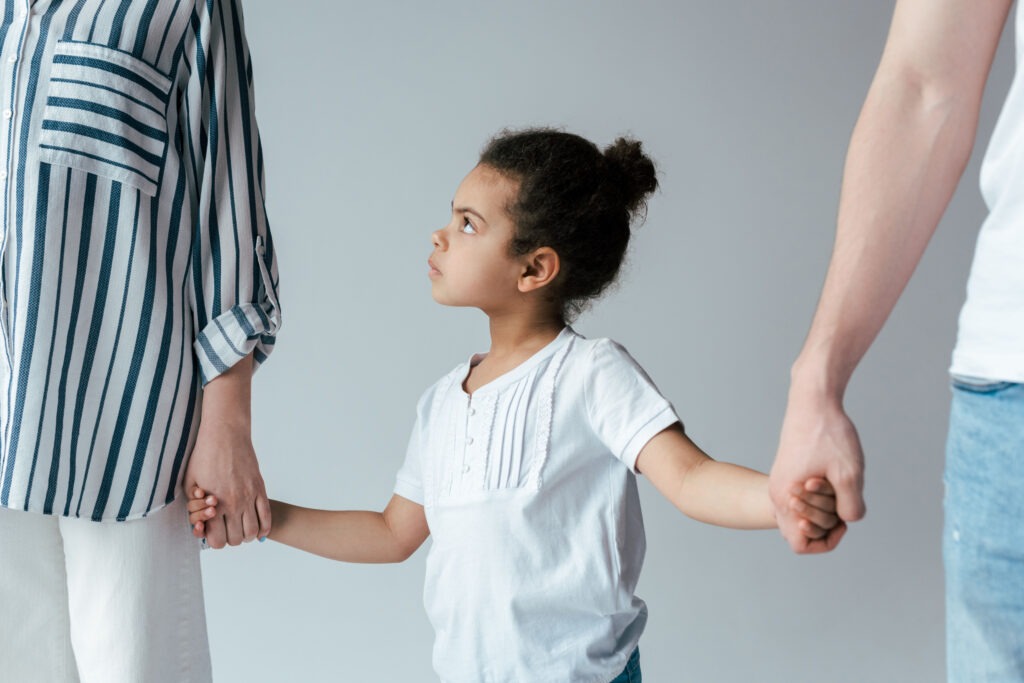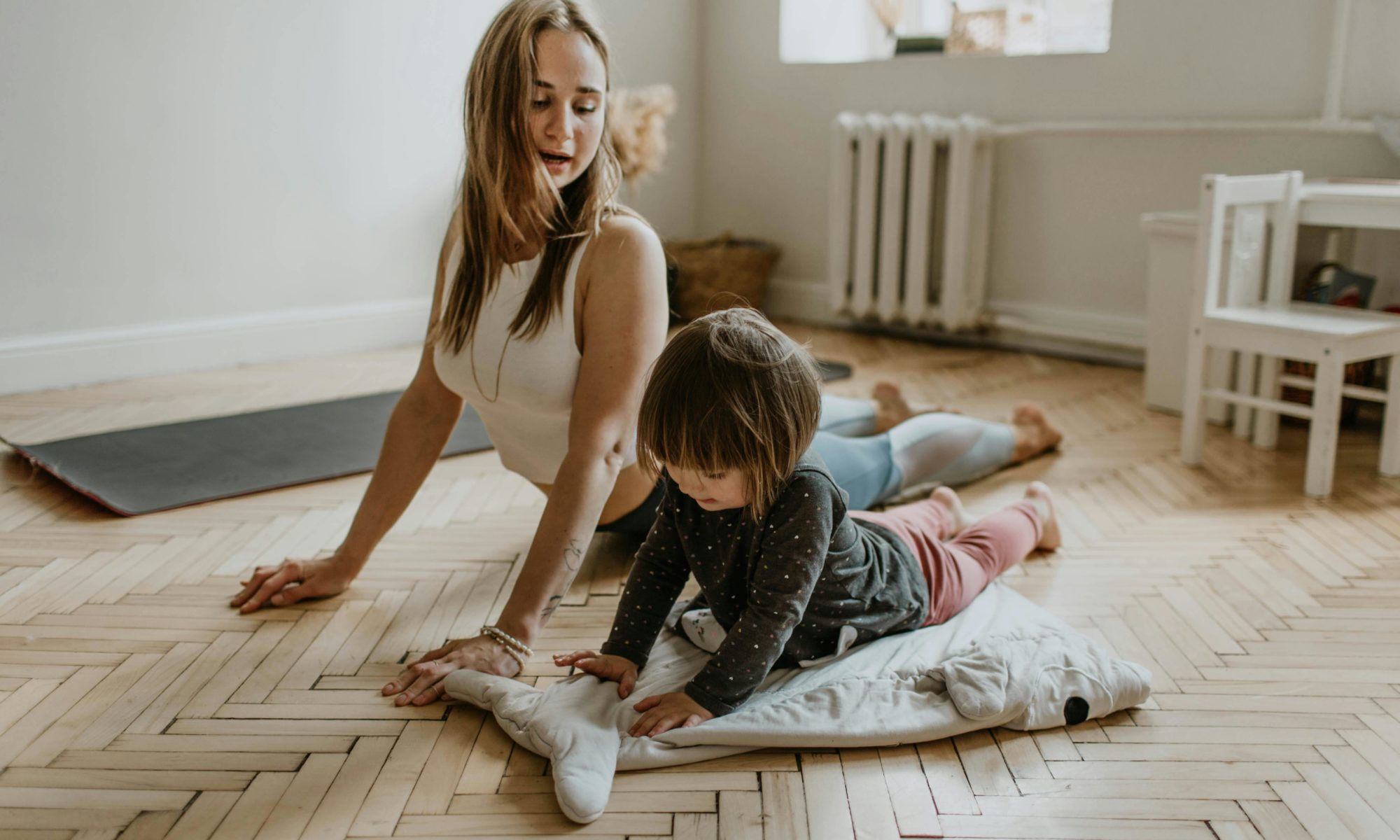Co-parenting after a divorce can be tough, but good communication makes all the difference. The words you choose can either keep things calm or spark conflict, affecting your kids’ well-being.
In this article you’ll learn what not to say during co-parenting talks, why those words hurt, and better ways to phrase things to keep your kids first and the conversation productive.
Why Words Matter in Co-Parenting Negotiations
When you’re hashing out a co-parenting plan, every word counts. Research shows that kids suffer more from high-conflict parenting than the divorce itself. That means your tone, your choice of words, and even your intentions can shape not just your relationship with your ex but also your kids’ emotional health. We have seen kids in high-conflict divorce situations are more likely to struggle with anxiety, depression, or school problems. So, let’s keep the focus on creating a calm, cooperative vibe.
- Tone sets the stage: A harsh or snappy tone can turn a discussion into a fight. Staying calm and respectful? That’s your ticket to keeping things productive.
- One wrong word can derail everything: A single jab, like a personal insult, can shut down communication and ramp up tension.
- Keep emotions in check: Think of co-parenting like a business deal—your kids are the priority, and staying professional helps everyone win.
By choosing your words carefully and keeping your kids at the heart of the conversation, you’re setting the stage for smoother negotiations and a happier environment for them.
Top Things You Should Never Say to Your Ex During Parenting Plan Talks
Some things you might be tempted to say can do more harm than good. Here’s a breakdown of phrases to steer clear of, why they’re problematic, and how to reframe them to keep things constructive:
| What Not to Say | Why It’s a Problem | What to Say Instead |
| “You were never a good parent.” | This is a personal attack that drags up the past and makes your ex defensive, killing any chance of teamwork . | “I’d love for us to figure out a bedtime routine that works for [child’s name]. Consistency could really help them.” |
| “This is exactly why we got divorced.” | Bringing up old wounds shifts focus from your kids to your failed marriage—not helpful. | “Let’s keep this about what’s best for [child’s name] right now.” |
| “My lawyer will deal with you.” | Threatening legal action turns a discussion into a war, making collaboration impossible. | “Can we try to sort this out together before getting lawyers involved?” |
| “You don’t get a say in this.” | This dismisses your ex’s role as a parent, which sparks resentment since both of you have rights and responsibilities. | “I really value your thoughts as [child’s name]’s parent. Can we find a solution that works for both of us?” |
| “You always…” or “You never…” | These absolute terms exaggerate problems and put your ex on the defensive, shutting down productive talk. | “I’ve noticed [specific issue, like late pick-ups]. Can we talk about how it’s affecting [child’s name]’s routine?” |
| “I’m doing what’s best for my child.” | Saying “my” instead of “our” makes it sound like your ex isn’t equally invested, creating a divide. | “Let’s team up to figure out what’s best for our child.” |
These alternatives keep the focus on your kids, stay specific, and invite collaboration—way better for keeping the conversation on track.
Smart Communication Tips for Co-Parenting Success
Want to make these talks as smooth as possible? Here are some practical, research-backed strategies to help you communicate like a pro:
- Stick to neutral, respectful language: Skip the blame game and focus on solutions. Instead of “You’re always late,” try, “Pick-up times have been a bit off lately. Can we find a schedule that works better?” This keeps things friendly and focused.
- Listen like you mean it: Really hear what your ex is saying, even if you don’t agree. Showing empathy—understanding their perspective—can lower tension and build trust.
- Take a breather if things heat up: If emotions start running high, pause the conversation. Come back to it when you’re both calmer to avoid saying something you’ll regret.
- Put it in writing if needed: In tense situations, using email or 2houses co-parenting app can help you think before you respond and keep a record of what’s said. It’s a great way to avoid misunderstandings.
- Get help if you’re stuck: If you and your ex can’t find common ground or if safety’s an issue, a mediator or therapist can guide you toward compromises that work for your kids.
These strategies aren’t just about avoiding fights—they’re about building a co-parenting relationship that’s steady and focused on your children.
Real-Life Examples to Keep You on Track
Let’s look at two common co-parenting scenarios to see how word choice can make or break a conversation:
Scenario 1: The Late Pick-Up
Wrong way: “You’re always late! You clearly don’t care about our kids’ schedules!”
This accusatory tone will likely make your ex defensive, turning a solvable issue into a shouting match.
Better way: “I’ve noticed pick-ups have been late a few times. Is everything okay on your end? Maybe we can tweak the schedule to make it easier.”
This shows you’re open to understanding their side and working together for a solution.
Scenario 2: Disagreeing on Extracurriculars
Wrong way: “You never listen! I want [child] in soccer, but you always shoot it down!”
This attack uses absolutes and focuses on personal gripes, which kills any chance of a real discussion.
Better way: “I think soccer could be great for [child]. Can we talk about the pros and cons and figure out what’s best for them?”
This keeps the focus on your child’s needs and invites teamwork.
See the difference? A little rephrasing can turn a potential argument into a productive chat.
Your Burning Questions, Answered
How do I keep my cool during these talks?
Take deep breaths, step away if you’re getting heated, and remind yourself this is about your kids’ happiness. Keeping the big picture in mind helps you stay grounded.
What if my ex just won’t cooperate?
Keep using calm, respectful language, even if they don’t. If things stay tough, a mediator or counselor can help you both find a way forward.
What if we disagree on parenting styles?
Focus on what your child needs and look for common ground. Try saying, “I think [child] could use more structure with homework. Can we brainstorm ways to support that?”.
Is email okay for co-parenting talks?
Absolutely, especially if things get heated. Email lets you think through your words, keeps emotions in check, and gives you a record of what’s been said.
What if my ex talks badly about me to the kids?
Address it calmly with your ex: “I’m worried that negative comments about me could upset [child’s name]. Can we agree to keep things positive for their sake?” If it keeps happening, consider legal advice or counseling to protect your bond with your kids.
Finally,
Co-parenting isn’t about winning—it’s about teaming up for your kids’ sake. By avoiding hurtful phrases and using smart communication strategies, you can make these talks less stressful and more productive. It takes patience, respect, and a bit of self-control, but the payoff is huge: a stable, happy environment for your children.
So, next time you’re negotiating with your ex, take a deep breath, think before you speak, and keep your kids’ peace first. You’ve got this!



